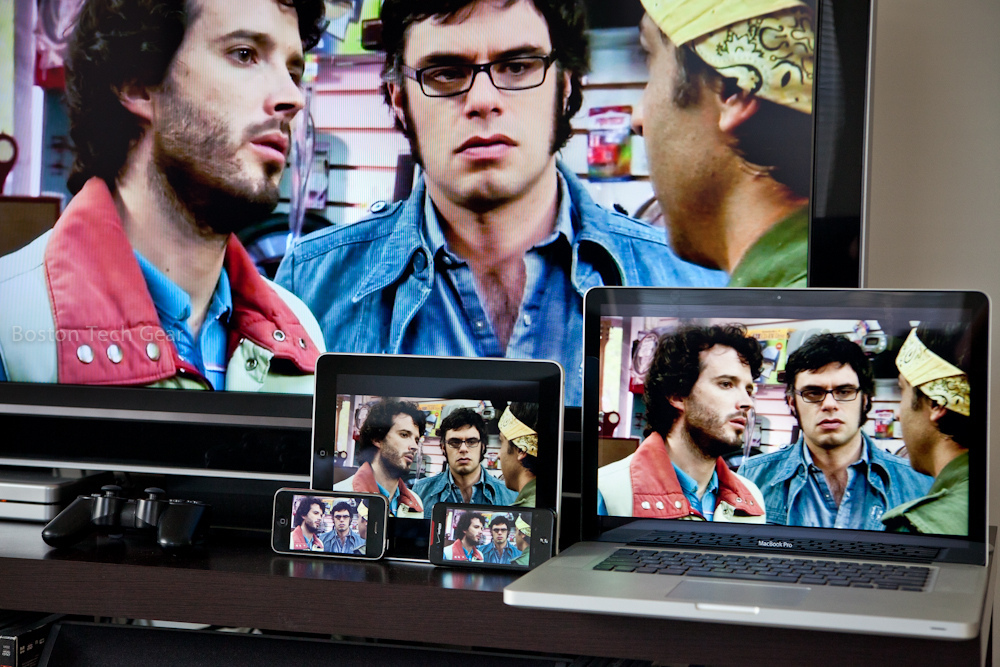Nearly 90% Of Millennials Can’t Stop Looking At Their Phones When Watching TV
This according to research from trade group the Consumer Technology Association (formerly the Consumer Electronics Association), which found that 50% of all Americans with online access are turning to their secondary screens at some point while they watch TV and other video content.
The most popular second screen use is to get more information about the show or movie currently being watched. This is also known as “look up the really attractive actor/actress on IMDB to see what else they’ve been in.”
Another popular behavior that should be of concern to advertisers is the use of second screens to avoid watching commercials. Some 48% of survey respondents say they’ve picked up their phone or other device so they would have something to do during the ad breaks.
As you’d probably expect, a lot of people (43%) are simultaneously watching TV or streaming video and going on social media. This is why you increasingly see TV programming, especially reality shows and live competitions, trying to encourage viewers to use show-related hashtags or engage in discussions about a topic on Facebook. They know you’re already on Twitter, Instagram, and Facebook while you’re watching, so they hope they can convince you to do some free promotion for them.
And it’s the millennials (people currently between the ages 18 and 34) that these social media engagement efforts are hoping to cash in on, since 71% of them are using social media while also watching video content.
These younger adults are also much more likely to use their second screens to ignore ads (70%, compared to 38% for consumers 35 and older), meaning social media is the primary way that advertisers can reach this demographic.
There also appears to be a gradual shift away from televisions for some video content. When it comes to streaming video, a narrow majority (57%) of consumers currently prefer using some sort of non-TV device. That may be because a lot of viewers haven’t yet upgraded to web-connected TVs; some that have may have found that the built-in apps for streaming services are lacking compared to the apps built for phones and tablets. As TVs improve in their connectivity and picture quality — 4K TV is becoming increasingly popular and affordable — they may become the preferred way to watch streaming content.
One thing that phones and tablets can’t provide that TVs can is screen size. Some 80% of survey respondents said the size of their TV screen was the most important factor, followed by picture quality at 62% and cost at only 29%.
TVs will need to become high-performance streaming machines, as a growing number of consumers drops traditional pay-TV.
The CTA survey found that 11% of respondents had dropped a TV subscription in the last year, with 27% of them saying they were switching to less expensive streaming options. Twenty-one percent of consumers now say they have gone without cable or satellite for at least a year. A third of those people explained that they simply weren’t getting enough content to justify the monthly expense.
Want more consumer news? Visit our parent organization, Consumer Reports, for the latest on scams, recalls, and other consumer issues.


